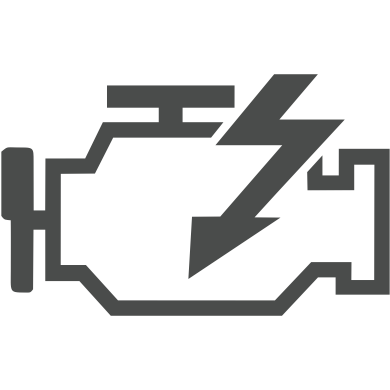@wuzak : Thanx a lot man for enlighten me with these things!
1.
wuzak wrote: The MGU-H could supply 10MJ to the system - if the turbine could provide enough power.
a)Why the turbine couldn`t provide enough power?
b)There are mandatory turbine dimensions/size? coz I didn`t find anything regarding this matter in the rules …
2.
wuzak wrote:The MGU-K won't be recovering 2MJ per lap on most circuits - at least not from braking.
a)Why can`t MGU-K provide 2MJ per lap?
Coz to cope with 4MJ/lap this year isn`t MGU-K electric generator capability in the same amount with the electrical motor?
From The Renault Energy F1 release technical sheet :
“The MGU-K is connected to the crankshaft of the internal combustion engine and is capable of RECOVERING or PROVIDING power (limited to 120 kW or 160 bhp by the rules).”
b) Could MGU-K recover other energy than braking? Your sure it`s not solely from braking?
c) Last year they could recover energy solely from rear brakes, right? This year could they recover even at the front one?
3.
wuzak wrote:No, the use of the MGU-H to power the MGU-K is not dependent on the ES.
Yeah I know that but was poor in explain it

So I know they could “split” the power for ES and for MGU-K ...
4.
wuzak wrote: It is unlikely that much of the MGU-H energy recovered will be sent to the ES.
a) Are you sure of that? I`m afraid it`s the other way around coz as I understand the MGU-H first priority is to harvest the ES with the remaining 2MJ/lap that MGU-K can`t do it due to the rules and in the end to reach the 4MJ/lap limit in order to get the max. power allowed for the latter …
b) Then what`s the reason behind the imposed rule for max. 4MJ/lap for ES?
5.
wuzak wrote:And basically any time the engine is at full throttle the MGU-H will be sending energy to the MGU-K.
a) So what you are saying here is that, let`s say, from a 90 sec. lap a driver has 33,3 sec available to release the max. power – 120KW – provided by MGU-K (the max. power mapping scenario) and for the remaining 56,7 sec he could use what power MGU-H is sending to MGU-K ?
b) What power delivers this MGU-H, in general, we don`t know (but we could assume which amount it has, isn`t it?) and manufacturers has a free liberty regarding this matter, right?
c) And if it`s free to develop it then until when they have this liberty? or when MGU-H it`ll become a “frozen” spec?
6.
wuzak wrote:Some energy will be sent from the MGU-H to the ES, if only to be later used for spooling up the turbo.
So what you are implying is that they`d never use 4MJ/lap from ES solely for MGU-K coz they need energy for MGU-H in order to decrease turbo lag?
7.
wuzak wrote:The MGU-H is linked via a fixed gearing ratio and clutch to the turbo
a) Where in the rules states which gearing size is mandatory?
b) Or they have freedom with it?
c) In this case why not have the same speed like ICE?




